#tumblr japan




A walk among the cherry trees in Tokyo, starting from Kayabacho Station, passing the Takashimaya department store in Nihombashi, and then on to the Yaesu side of Tokyo Station.
The blossoms look to be in full bloom but the wet and windy weather in Tokyo this evening surely isn’t doing the petals any favors!



Can’t wait to get back one day to Shibu Onsen, Nagano Prefecture, for impossibly atmospheric post-onsen strolls through town.
Pics from 2018.



Tateyama Shinko refers to a kind of mountain worship practiced around the Tateyama mountain range in Toyama Prefecture, where the harsh conditions on the slopes of (Mt.) Tateyama were believed to reflect Buddhist visions of hell.
Pilgrimages to the mountain were believed to lead to the rewards of a heaven-like realm that existed beyond the harsh climb, somewhere beyond the clouds floating above the mountain’s Oyama Peak.
Oyama Shrine is a key symbol and place of worship for followers of Tateyama Shinko.
The main shrine is located near the summit of Tateyama’s main Oyama Peak, at an altitude of around 3,000 m. Needles to say, the branch of Oyama Shrine - Maedate-shadan - has easier access, near the banks of the Joganji River almost within touching distance of Toyama City’s urban sprawl. Where these photos were taken in November 2021.
https://www.city-cost.com/blogs/City-Cost/GQKZ3-living_tateyama_machi_toyama





The Shinkyo Bridge on Mt. Haguro, Yamagata Prefecture, traverses the Haraigawa - “river of purification” - in which pilgrims and Yamabushi monks would perform purification rituals
Near where Haguro’s famous stone path meets the Haraigawa, water from the Suga-no-taki falls pours into the river. At the base of the falls is a diminutive shrine sharing the name of the river.
Here are enshrined the spirits of four gods whose speciality it is to swallow, blow, exorcize and release into the waters evil spirits.
Pics from Nov. 2021





Daruma dolls in, well, one shape but many sizes at the Daruma Ichi fair last week - Jindaiji Temple, Chofu, Tokyo.

Took a short cut through Omoide Yokocho, Shinjuku.






Exploring the precincts of Zenkoji Temple, Nagano, a couple of years back.





One of those, “looks like something from Studio Ghibli” jobs.
Historic ryokan in Shibu Onsen, Nagano Prefecture.






Who knows what we can expect from the upcoming sakura season in Japan this year but we’re hoping that the situation will at least allow for a stroll under some blossoms. We’ll just have to wait and see.
In the meantime we’re going back two years to a trip to Wakayama Prefecture and the city of Tanabe on the beautiful Kii Peninsula.
These pictures of cherry blossom were taken around the ootorri gate of Oyunohara, the original site of the Kumano Hongu Taisha. The current site of the Kumano Hongu Taisha - the grand shrine to which Kumano Kodo pilgrimages gravitate - is a little further north of Oyunohara.
Video from the region: https://youtu.be/7rUPnG_in5g





One winter a few years back we were lucky enough to be able to pay a visit to Zenkoji Temple in the city of Nagano.
The temple complex veritably sprawls and is the kind of place you could spend an entire day at, and then some.
While it’s understandable that people will be drawn the temple’s Niomon gate and Honden, “main hall,” - maybe in search of the key to paradise - we can’t resist a good pagoda, and Zenkoji has a belter!
These pics are of the pagoda housing the Zenkoji History Museum, in relative terms, a fairly new addition to the Zenkoji precincts.
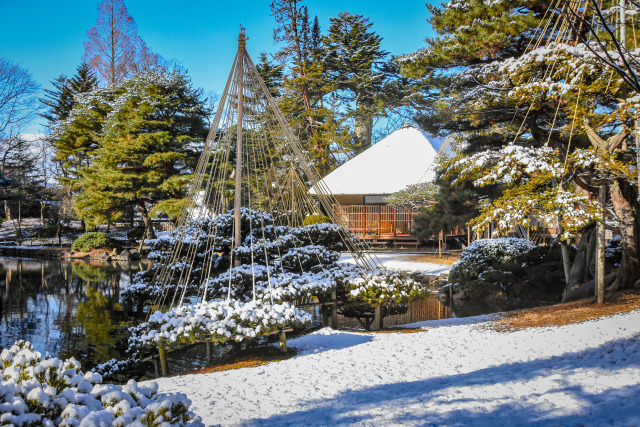


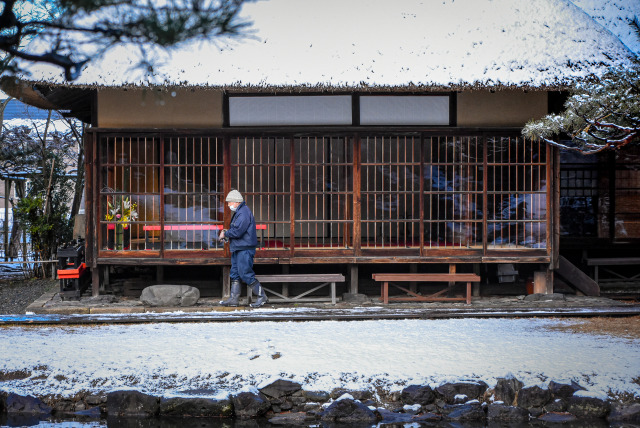
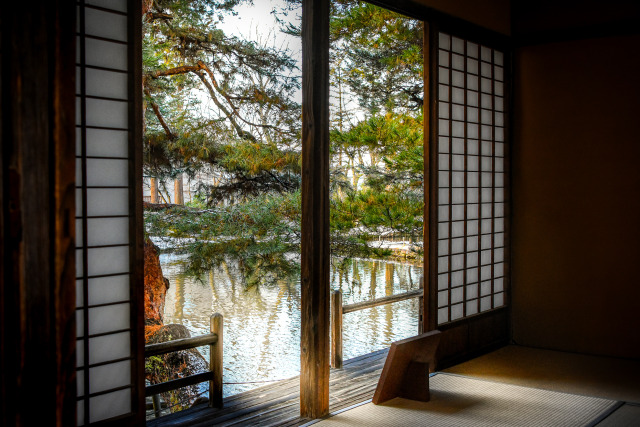
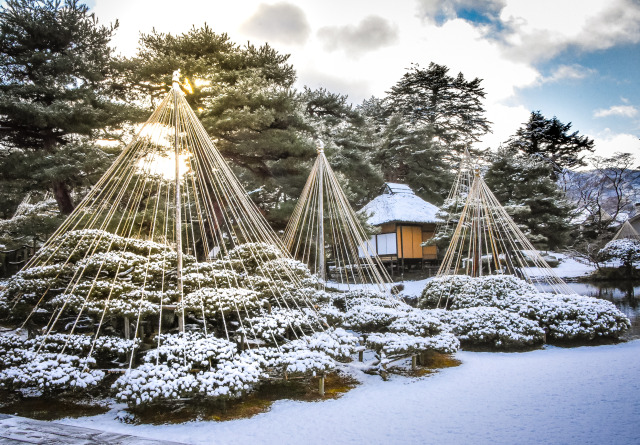
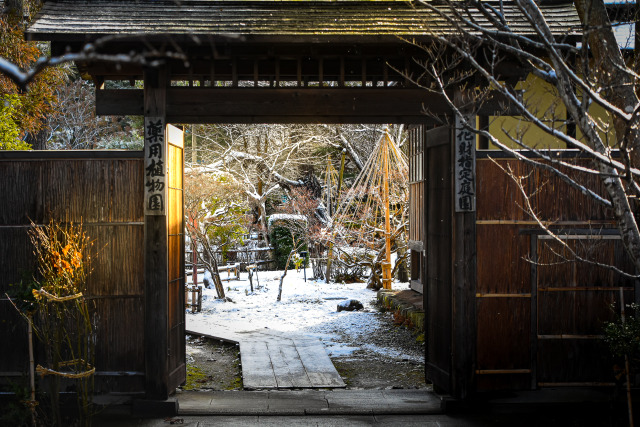
Any Japanese garden fans out there? This one is a beauty.
This is Oyakuen in the city of Aizuwakamatsu, Fukushima Prefecture. One of the kanji characters from the name Oyakuen (御薬園) means “medicine,“ referring to the medicinal herbs grown here.
Samurai of the Aizu clan started growing medicinal herbs in this garden in the 17th century in an effort to help the local people combat sickness and disease.
Oyakuen features a pond shaped like the kanji character for “heart.” On a small island in the center of the pond is a tea house which still reveals the scars of the Boshin War, when imperial troops defeated the Aizu samurai during the Meiji Restoration.
The garden has been designated a Site of Scenic Beauty.


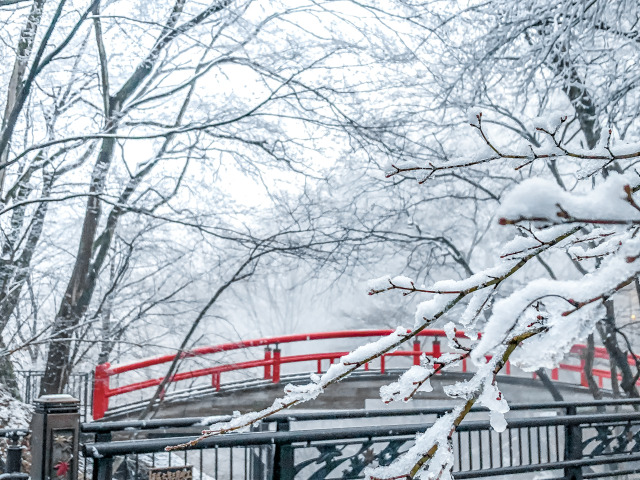

Kajika Bridge in hot spring town Ikaho Onsen, Gunma Prefecture, is something of an autumn-leaves hot spot.
In winter there’s a fair chance of having the bridge to yourselves. The pleasant, if a little slippery, walk to the bridge in the snow is a fine way to prepare for a well-earned soak in the local onsen.



Japan sure does present us with some amazing winter scenes.
This is the Buddhist temple Sazae-do which sits on the lower slopes of Mt. Iimoriyama in Aizuwakamatsu, Fukushima Prefecture.
The three-story, double-helix design of Sazae-do is one that cannot be seen anywhere else in the world. It allows visitors to ascend and descend the structure without meeting those moving in the opposite direction.
Aizuwakamatsu, Fukushima: Journey to Japan’s samurai stronghold:

Tokyo, Bunkyo-ku, before the rainy season arrived.
Japan rainy season round up 2022: https://www.city-cost.com/blogs/City-Cost/MvLPN








Theajisai (hydrangea) coming into bloom in the grounds of Hakusan Shrine in Tokyo’s Bunkyo Ward on Thursday.




Finding some space, and views to Marunouchi, in Tokyo along the broad avenues south of the Imperial Palace grounds.





Enjoyed a warm (and sweaty) weekend stroll from Tokyo Station to the Imperial Palace front gardens and the Niju-bashi Bridge.





Sumida district, Tokyo.




Tokyo Skytree marked 10 years since its opening to the public on Sunday. It was a gorgeous day for the celebrations and for a stroll around the shitamachi streets nearby.




Not sure there could be a finer place for a stroll in Kanto.
The castle town of Otaki, Chiba.
“Morning, and on the road east to Mt. Haguro and the rest of the Dewa Sanzan our rental cut a path across the broad plain carpeted with rice fields - a buffer zone between urban and spiritual worlds. To the north, the great bulk of Mt. Chokai in the distance marked the border with Akita Prefecture.”





Canalside stroll in the Kanto ‘burbs during fine day today in Golden Week Japan.

